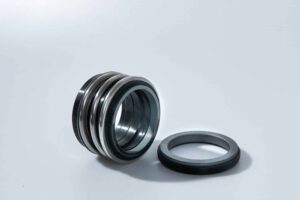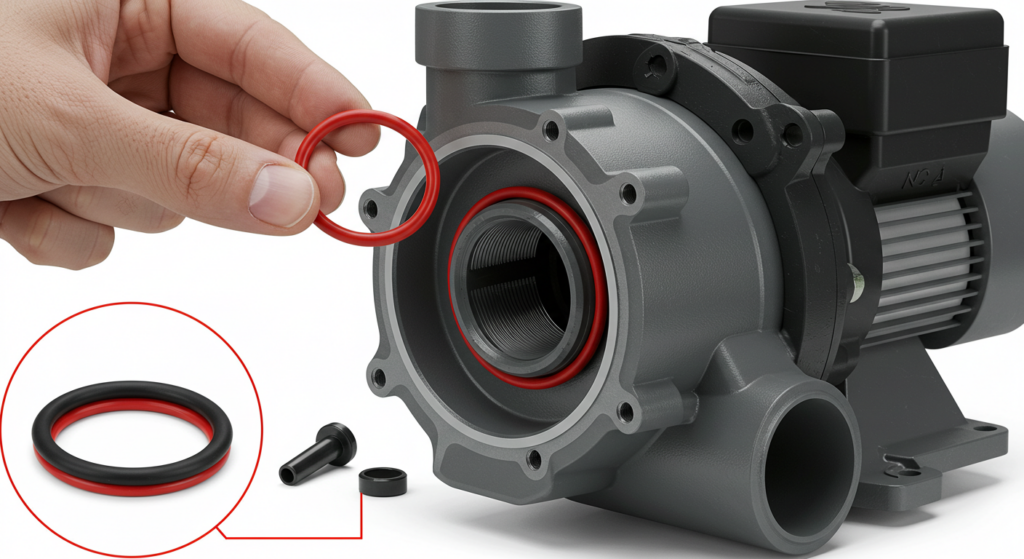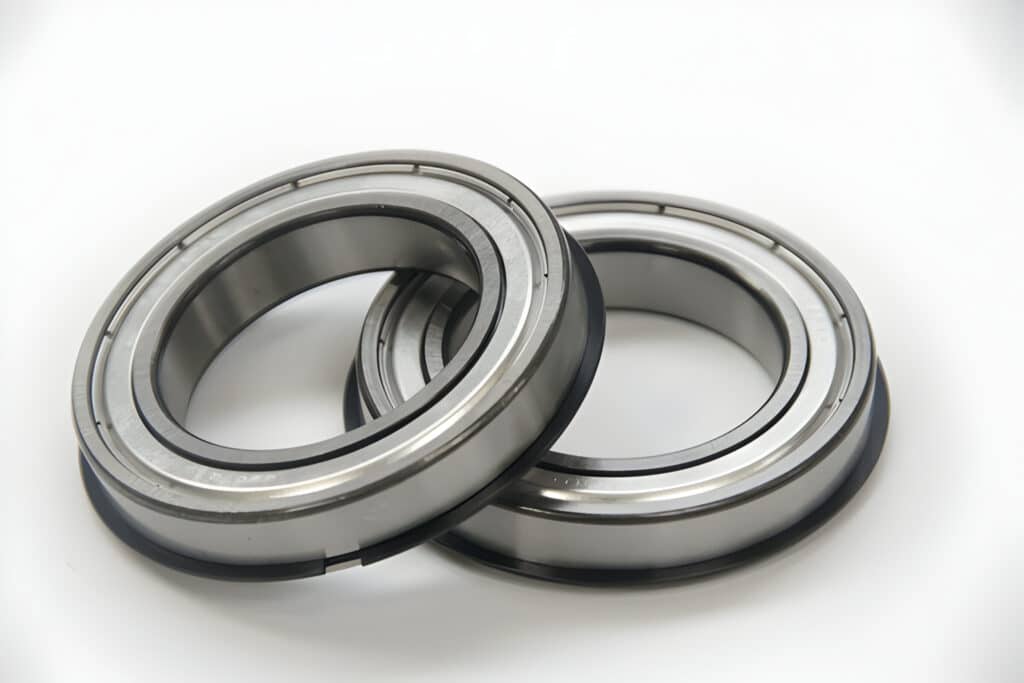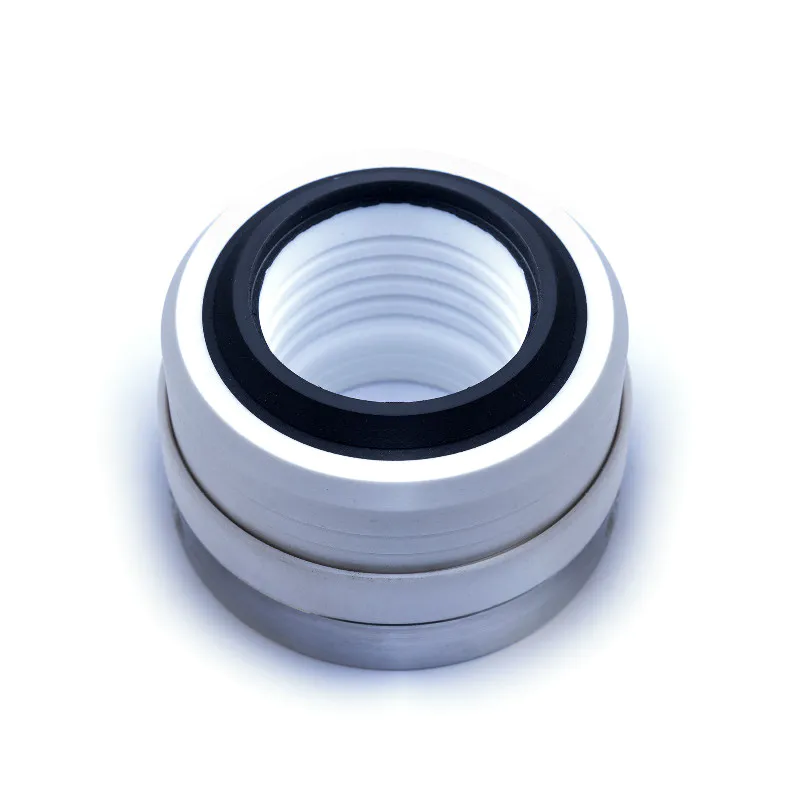Have you ever wondered how to decipher the cryptic curves that hold the key to a positive displacement pump’s performance?
Reading positive displacement pump curves involves understanding the relationship between flow rate, pressure, and pump speed.
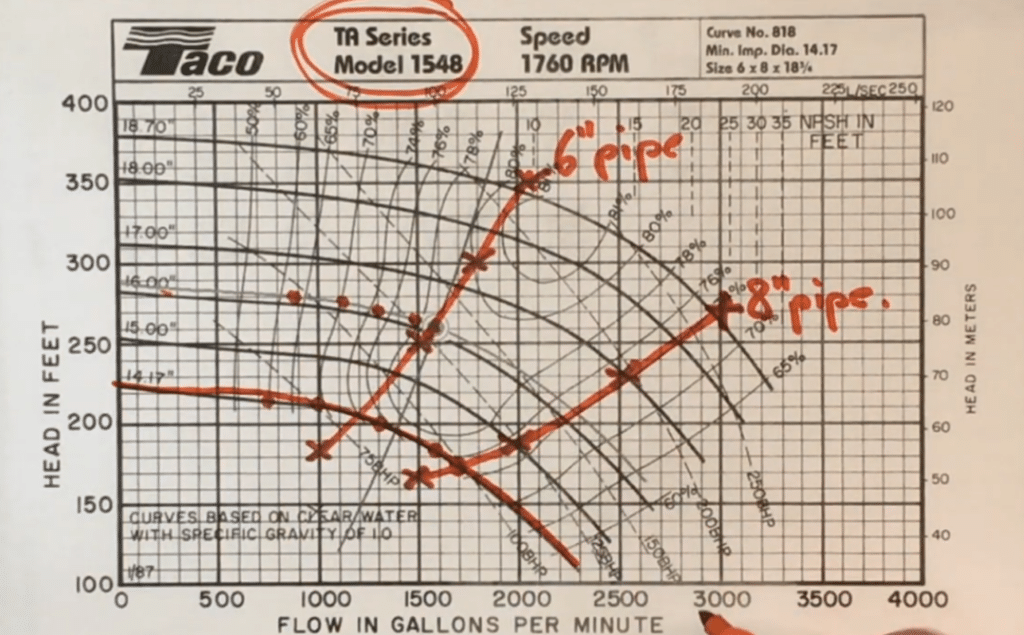
Positive Displacement Pump Curves
Capacity
Positive displacement pump curves display capacity as the volume of fluid displaced per revolution. Unlike centrifugal pumps, flow rate remains constant regardless of discharge pressure.
The curve shows flow rate (typically in gallons per minute or GPM) against pump speed (in revolutions per minute or RPM). As RPM increases, flow rate increases proportionally.
Viscosity
Viscosity significantly impacts pump performance. Positive displacement pumps handle high-viscosity fluids more efficiently than centrifugal pumps.
The curve may include viscosity correction factors to account for changes in flow rate and power requirements as fluid viscosity increases. Higher viscosities generally reduce internal slip, improving volumetric efficiency.
Dynamic Viscosity
Dynamic viscosity, measured in centipoise (cP), represents fluid resistance to flow under applied shear stress. Pump curves may include multiple lines representing performance at different dynamic viscosities. consistencies.
Density
Fluid density affects the power required to pump a given volume. While not always explicitly shown on pump curves, density impacts the calculation of brake horsepower. Denser fluids require more power to pump at the same flow rate and pressure.
Shear
Shear sensitivity curve may indicate the pump’s suitability for shear-sensitive products.
Low-shear pump designs, such as lobe or circumferential piston types, maintain consistent flow with minimal product degradation. Shear-thinning or shear-thickening behaviors can significantly impact pump performance and efficiency.
Brake Horsepower (BHP)
Brake Horsepower (BHP) is a critical component of positive displacement pump curves. It represents the total power required to operate the pump, considering both the work performed on the fluid and the internal power losses due to viscosity. BHP is calculated by adding Work Horsepower (WHP) and Viscous Horsepower (VHP).
Work Horsepower
Work Horsepower (WHP) is the power needed to achieve the desired flow rate while overcoming system pressure drops. It is directly related to the pump’s ability to move fluid against discharge pressure. As discharge pressure increases, more work horsepower is required to maintain the same flow rate.
Viscous Horsepower
Viscous Horsepower (VHP), also known as internal horsepower, is the minimum power required to overcome fluid viscosity and enable the pump’s rotating parts to turn. Higher fluid viscosities result in increased VHP requirements.
Pressure/Head
Positive displacement pump curves typically display pressure or head on the vertical axis. Unlike centrifugal pumps, positive displacement pumps maintain a relatively constant flow rate across a range of pressures. The curve often appears as a straight line, indicating that flow rate is primarily dependent on pump speed (RPM) rather than discharge pressure.
Total Dynamic Head
Total Dynamic Head (TDH) is a crucial factor in pump selection and performance evaluation. It encompasses the static height, static lift, and friction losses in the system.
Pump Speed (Rpm)
Positive displacement pump curves typically display pump speed in revolutions per minute (RPM) on the horizontal axis. Unlike centrifugal pumps, positive displacement pumps maintain a constant flow rate at a given speed, regardless of discharge pressure. The flow rate increases linearly with pump speed. Maximum allowable speed is often indicated on the curve to prevent damage to the pump.
Net Positive Suction Head Required (Npshr)
NPSHR represents the minimum suction pressure needed to prevent cavitation in positive displacement pumps. It is usually expressed in pressure units (psi) rather than head units (feet) for these pumps. NPSHR values are determined through testing and provided by pump manufacturers.
Efficiency Curves and Best Efficiency Point (Bep)
Positive displacement pumps maintain relatively constant efficiency across their operating range, unlike the curved efficiency profiles of centrifugal pumps. The best efficiency point (BEP) is less pronounced for positive displacement pumps. Efficiency may be represented as a separate curve or incorporated into the main performance curve.
Flow
Flow rate is typically displayed on the vertical axis of positive displacement pump curves, often in gallons per minute (GPM) or liters per minute (LPM). The flow rate is directly proportional to pump speed for a given pump model. Multiple flow curves may be shown to account for different fluid viscosities or pump sizes within a series.
Pump Slip
Slip refers to the internal leakage from the discharge side back to the suction side of a positive displacement pump. Slip increases with higher discharge pressures and lower fluid viscosities. Pump curves may include slip correction factors or multiple curves to account for slip at different operating conditions.
FAQs
Do Positive Displacement Pumps Have a Pump Curve?
Yes, positive displacement pumps have pump curves. These curves typically show flow rate versus discharge pressure. Unlike centrifugal pump curves, positive displacement pump curves are usually straight lines, indicating constant flow regardless of pressure changes.
What Is Positive Displacement in a Pump?
Positive displacement in a pump refers to the method of moving fluid by trapping a fixed volume and forcing it into the discharge pipe. This is achieved through expanding and contracting cavities within the pump, ensuring a consistent flow rate.
Are Positive Displacement Pumps Self-Priming?
Most positive displacement pumps are self-priming. They can create a vacuum to draw fluid into the pump, even when located above the fluid source. However, care must be taken to prevent overheating or damage during dry-running periods.
What Is Positive Displacement vs Centrifugal?
Positive displacement pumps move fluid by trapping and displacing fixed volumes. Centrifugal pumps use rotational energy to increase fluid velocity and pressure. Positive displacement pumps maintain constant flow regardless of pressure, while centrifugal pump flow varies with pressure.
Positive Displacement Pump Curve vs Centrifugal
Positive displacement pump curves are typically straight lines, showing constant flow across pressure ranges. Centrifugal pump curves are curved, indicating varying flow rates with pressure changes. Positive displacement pumps maintain efficiency at high pressures, unlike centrifugal pumps.
In Conclusion
Understanding positive displacement pump curves is crucial for proper pump selection and operation. These curves provide essential information on flow rates, pressure capabilities, and power requirements.
Mastering curve interpretation ensures optimal pump performance and efficiency in various applications. For further assistance with pump selection, consult a qualified pump specialist.


